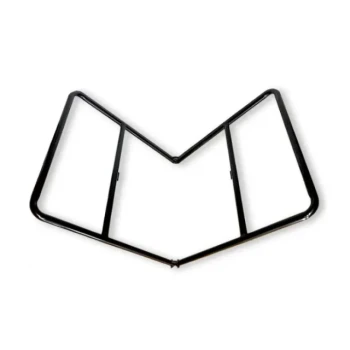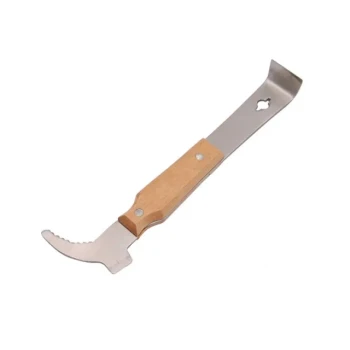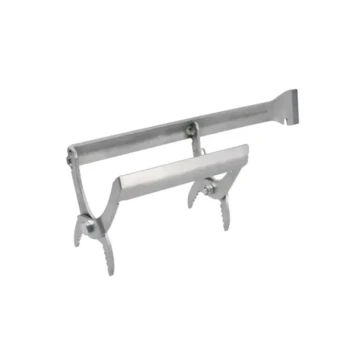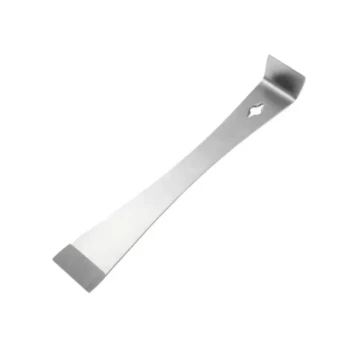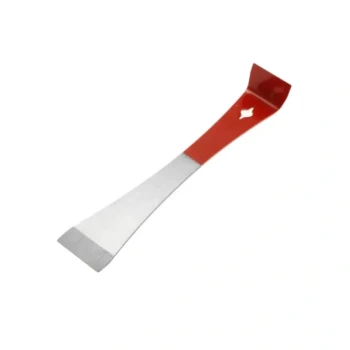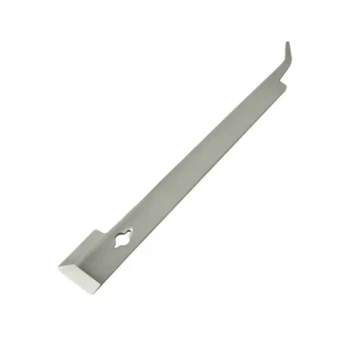Knowing when to leave your beehive closed is as important as knowing when to open it. As a general rule, you should not open your hive in poor weather conditions, such as when it is cold, rainy, or excessively windy. Inspections should be avoided on days with impending thunderstorms or during the harshest days of winter, as these disturbances can cause significant stress to the colony.
The core principle is to minimize stress on the colony. Every hive inspection breaks the propolis seals and disrupts the hive's carefully controlled temperature and humidity, forcing the bees to expend critical energy to restore balance. Your goal is to inspect only when the bees can easily manage this disruption.
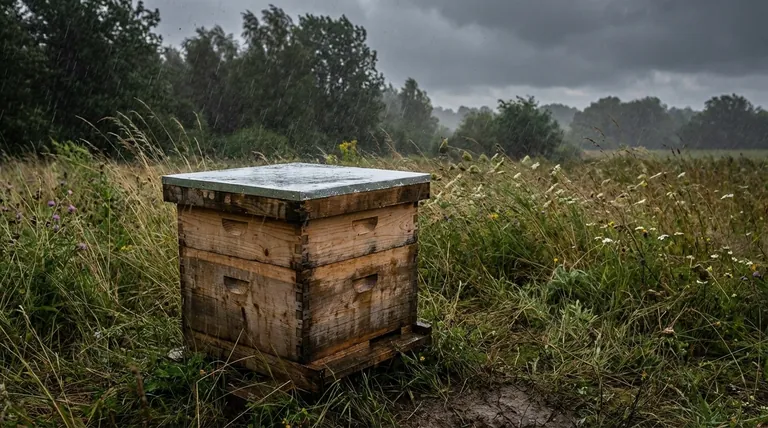
The Core Principles: Why Weather is Critical
Opening a beehive is an intrusive act, and weather conditions dictate how well the colony can tolerate and recover from the intrusion. Understanding the "why" behind these weather rules is essential for responsible beekeeping.
Protecting the Brood's Environment
A honey bee colony is a superorganism that maintains the brood nest at a precise temperature, typically between 32°C and 35°C (90°F and 95°F). This is critical for the healthy development of eggs, larvae, and pupae.
Opening the hive, especially on a cool or windy day, is like tearing the roof off a home in winter. The colony's internal temperature plummets, and the bees must work furiously, consuming precious honey stores to generate heat and bring the temperature back up. This can chill the brood, potentially killing immature bees and setting the colony back.
The Impact of Wind and Rain
Wind is a major enemy during a hive inspection. It rapidly dissipates the warmth of the hive and can make handling frames difficult and dangerous for the bees. More importantly, it blows away the queen's pheromones, making her harder for both you and the bees to locate, increasing the risk of accidental injury.
Rain is an absolute contraindication for a hive inspection. Rain will chill the bees, prevent them from flying, and can introduce excess moisture into the hive, which can lead to mold and disease. Bees are also notoriously defensive and agitated just before and during a storm.
Understanding Forager Behavior
The ideal time for an inspection is a warm, sunny day, typically between 23°C and 26°C (73°F and 79°F). This is not just for temperature stability but also because these are prime foraging conditions.
On a perfect day, a significant portion of the colony's population—the older, more experienced foragers—are out of the hive collecting resources. These are often the most defensive bees. Their absence means you are primarily interacting with the younger, more docile "house bees," resulting in a much calmer and safer inspection for everyone involved.
Common Pitfalls to Avoid
Even with the best intentions, beekeepers can make judgment errors. Beyond weather, certain timing and conditions should also be approached with caution.
Inspecting Too Late in the Day
Avoid opening a hive late in the afternoon or near dusk. As temperatures drop and foragers return home, the colony becomes more crowded and defensive. Any disruption at this time gives the bees less daylight to reseal the hive with propolis, leaving them vulnerable to drafts or predators overnight.
Over-Inspecting the Colony
Frequent inspections cause unnecessary stress and disrupt the colony's work. Unless you are addressing a specific problem, a routine inspection every 7 to 14 days during the main season is usually sufficient. Remember that every inspection sets the bees back as they must repair seals and reorganize.
When an Inspection Might Be Unavoidable
Sometimes, an emergency may force you to inspect in less-than-ideal conditions. This could include a suspected predator attack, a hive that has been knocked over, or the urgent need to address a disease outbreak. In these rare cases, the inspection should be as brief and targeted as possible to minimize disturbance.
A Beekeeper's Decision Framework
Use these guidelines to determine if an inspection is appropriate for your goal.
- If your primary focus is a routine health check: Always wait for ideal weather conditions (warm, sunny, low wind). There is no benefit to rushing a routine check and stressing the colony.
- If your primary focus is an urgent task (e.g., adding a super, checking queen cells): Find the best possible weather window. A brief, targeted inspection on a slightly cooler or cloudier day is acceptable if it prevents a major problem like swarming.
- If your primary focus is an emergency (e.g., a hive is damaged): Act immediately, but be fast and purposeful. Understand that you are causing stress, so have all your tools ready and complete the critical task with maximum efficiency.
Ultimately, respecting the colony's internal world and its struggle for stability is the hallmark of a thoughtful and successful beekeeper.
Summary Table:
| Situation | Why to Avoid | Key Risk |
|---|---|---|
| Cold Weather | Disrupts internal hive temperature (32-35°C / 90-95°F) | Chilled brood, wasted energy |
| Rainy or Windy Days | Dissipates heat, blows away queen pheromones | Agitated bees, mold, disease risk |
| Late Afternoon/Dusk | Less time for bees to reseal hive before night | Increased defensiveness, vulnerability |
| Frequent Inspections | Constant disruption to colony's work | Unnecessary stress, slowed progress |
Protect your investment and ensure your apiary's success with the right equipment.
As a commercial beekeeper or distributor, every hive's health is critical to your operation's productivity and profitability. HONESTBEE understands the precise needs of large-scale beekeeping. We supply durable, high-performance beekeeping supplies and equipment designed for the demands of commercial apiaries and wholesale distributors.
Let us help you build a more resilient and efficient operation. Contact our expert team today to discuss your wholesale needs and discover how our equipment supports thriving, low-stress colonies.
Visual Guide
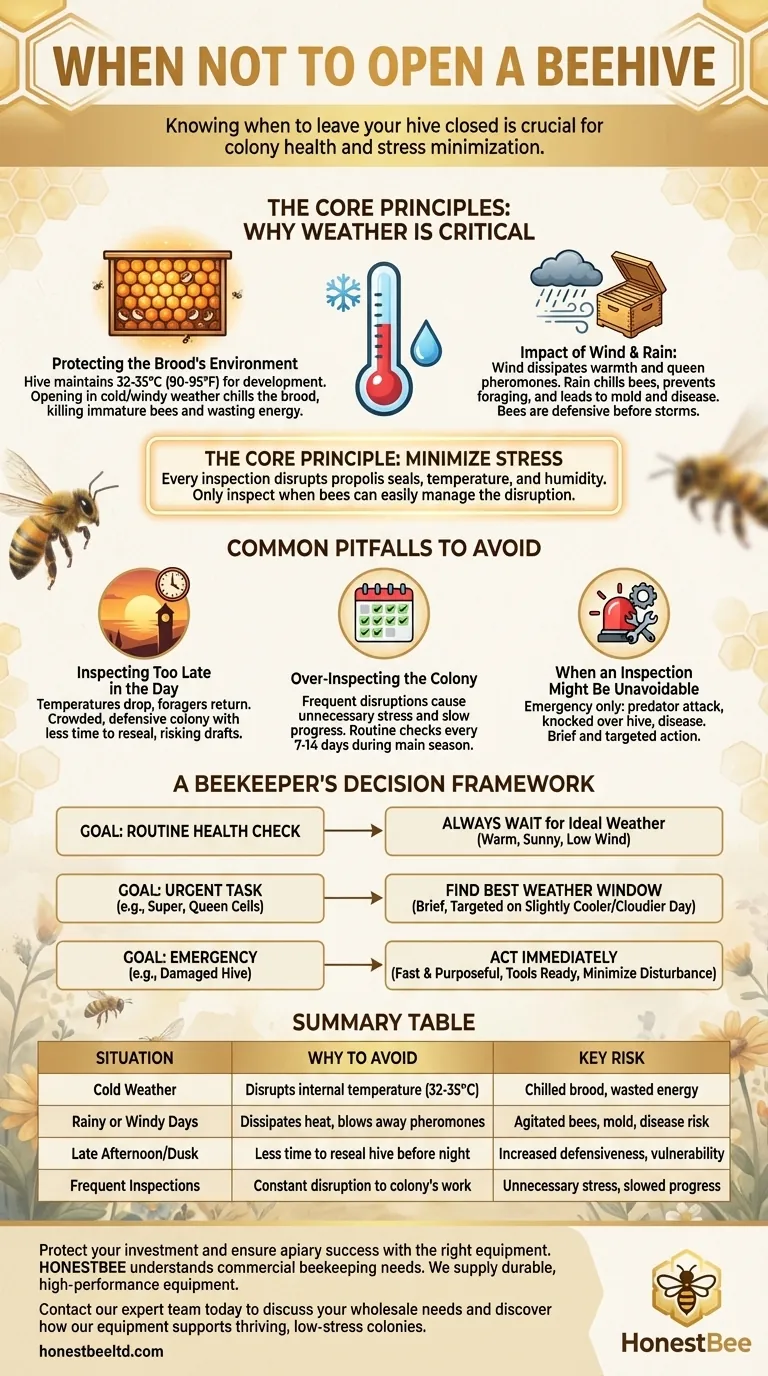
Related Products
- Langstroth Bee Hives Bee Keeping Box for Beginners Beekeeping
- Ergonomic Two Person Foldable Hive Lifter
- Multi-Functional Sliding Hive Entrance for Beekeeping
- HONESTBEE Professional Long Handled Hive Tool with Precision Cutting Blade
- Plastic Bee Hive Stand for Beekeeping
People Also Ask
- Should a beginner try a different type of hive? Start with a Langstroth for a solid foundation.
- What basic equipment is needed to start beekeeping? Your Essential Guide to a Confident Start
- How does the ease of access differ between 8-frame and 10-frame hives? Choose the Right Hive for Your Body
- What are the key features of the Langstroth beehive? A Guide to the Standard for Modern Beekeeping
- What is the best type of bee hive for beginners? Start with the Proven Langstroth Standard

